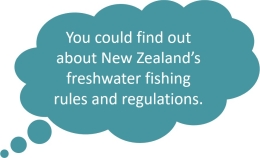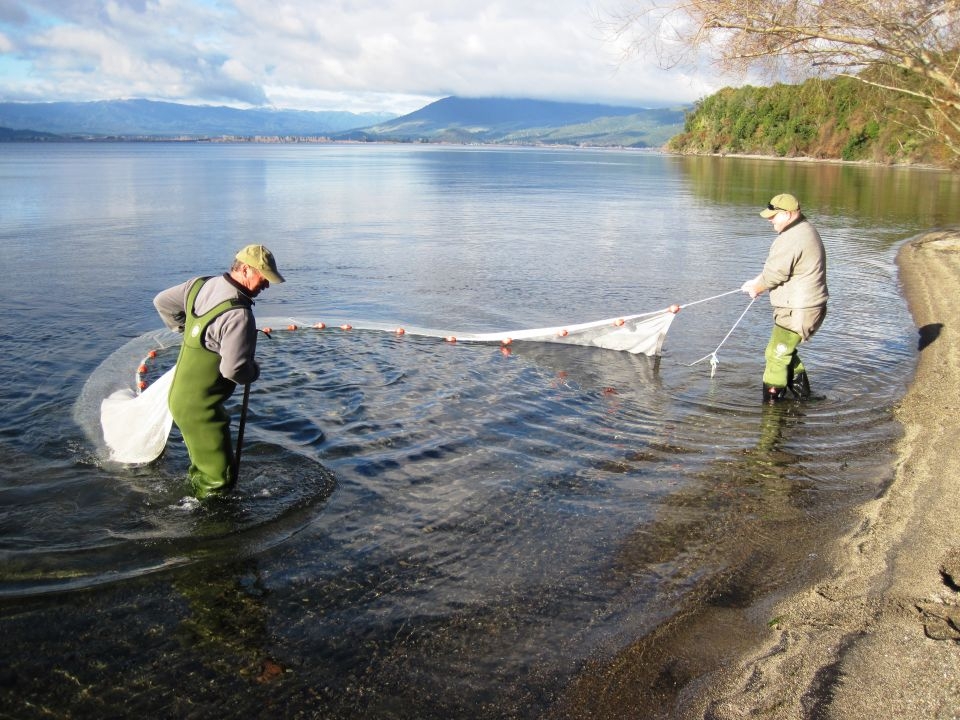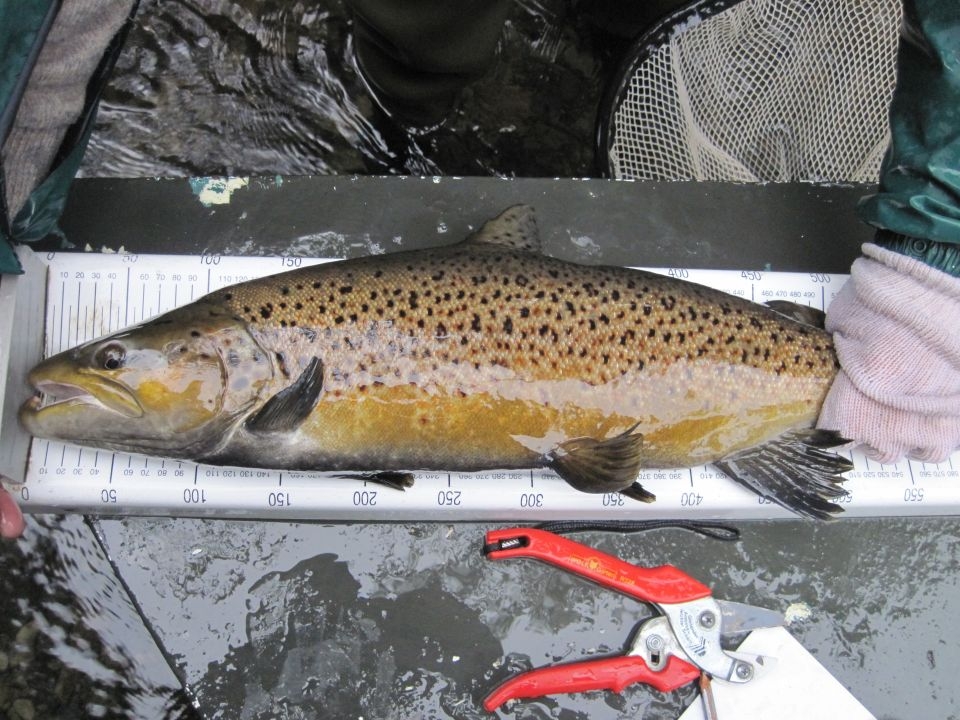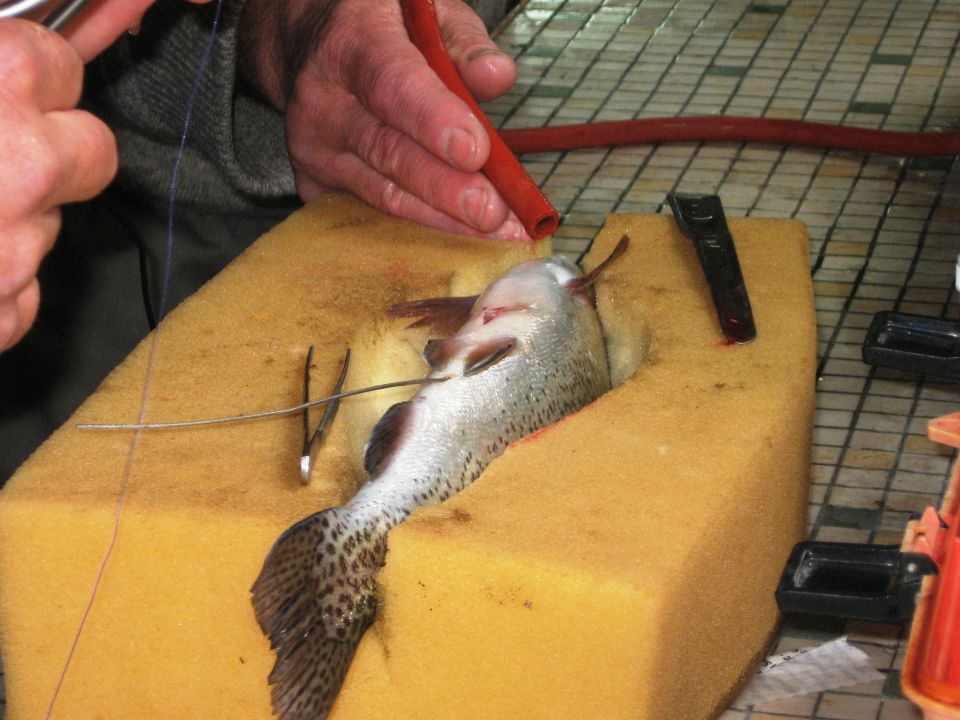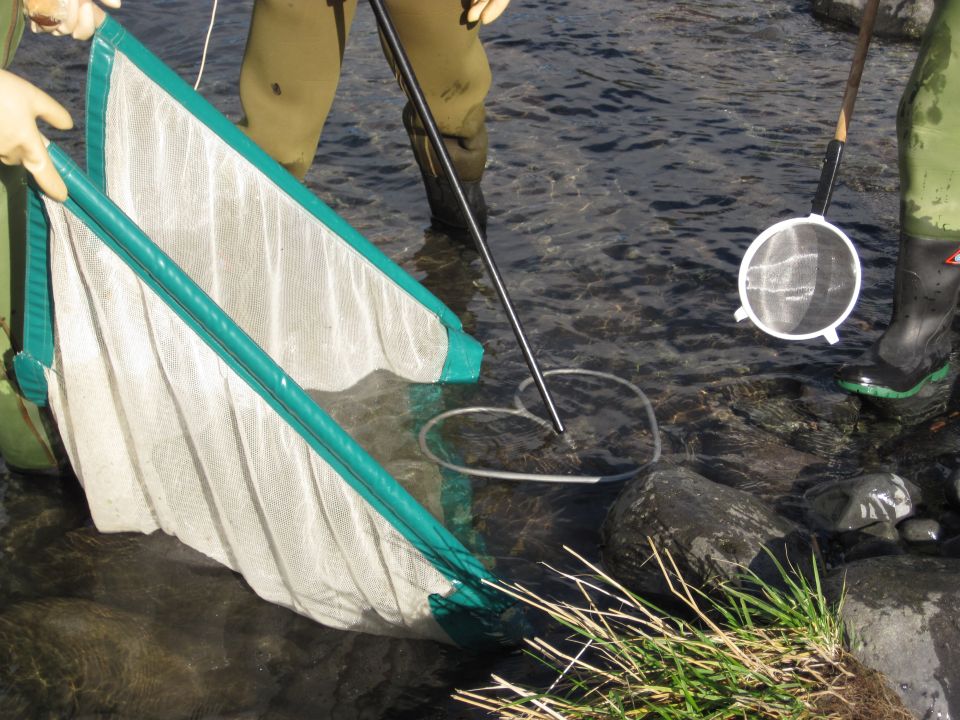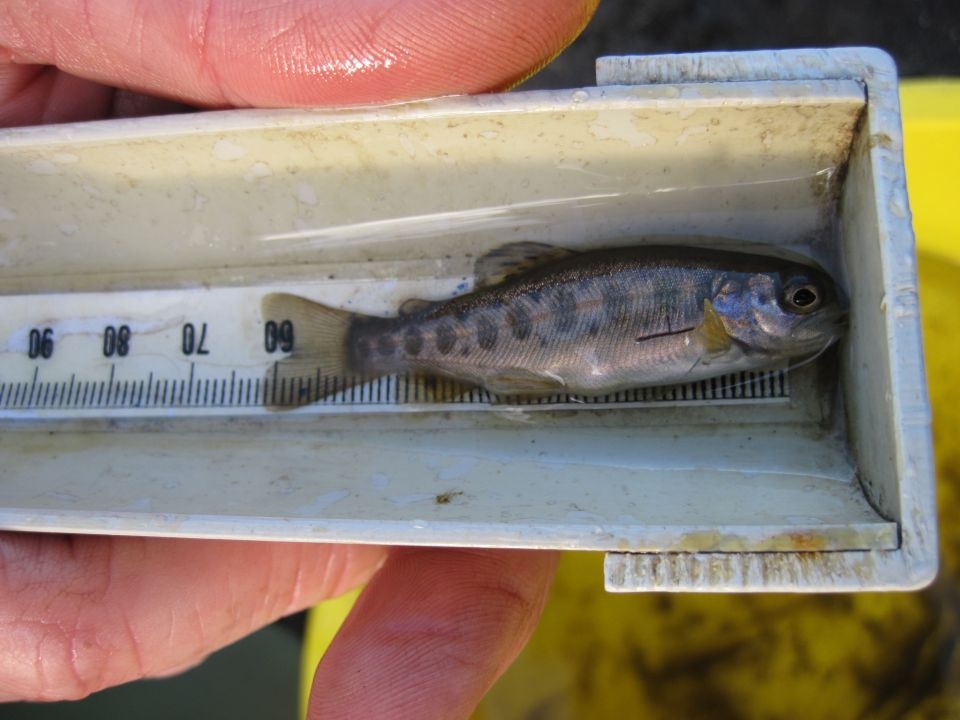Why manage a wild fishery?
Information collected by the rangers helps the fishery manager check:
- how healthy the fish are
- changes in the fish habits that might show a change in water quality.
How the fishery is managed
There are three methods for gathering information about trout:
- Fish traps are placed in streams and rivers to catch adult trout. Information about the fish is recorded and the fish are marked so they can be identified.
- Data logging is placing a small electronic transmitter inside a fish so that it can send signals to a computer for recording.
- Electronic fishing is using a machine that stuns small fish. The fish are gathered and information is recorded. The fish then recover and swim away safely.
The information is collected by the Taupō Fishery scientists. It is important for helping the fishery manager make decisions about what types of fishing methods can be used in Taupō and how many fish each angler is allowed to keep. Information can also be used to check water quality.
